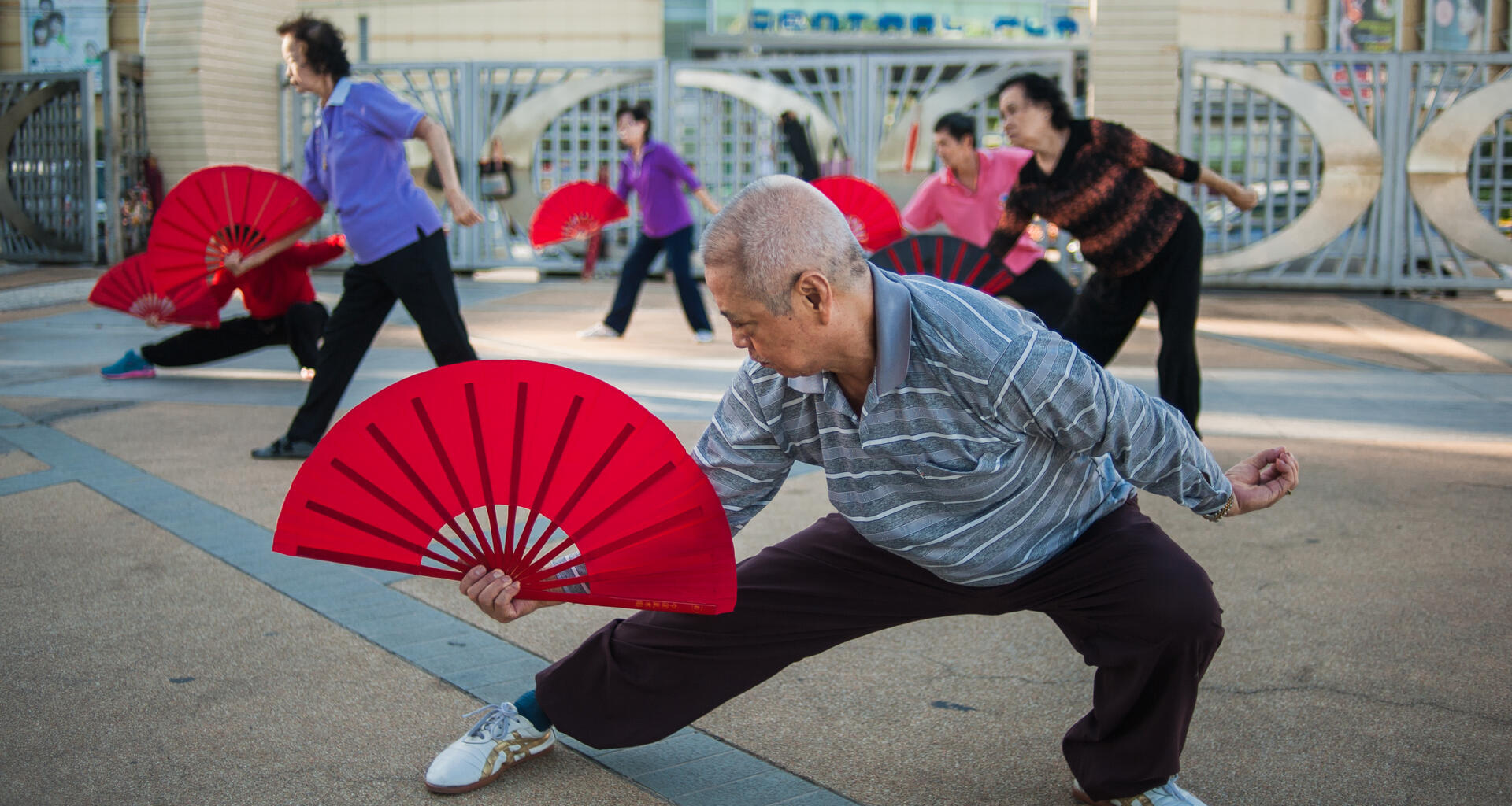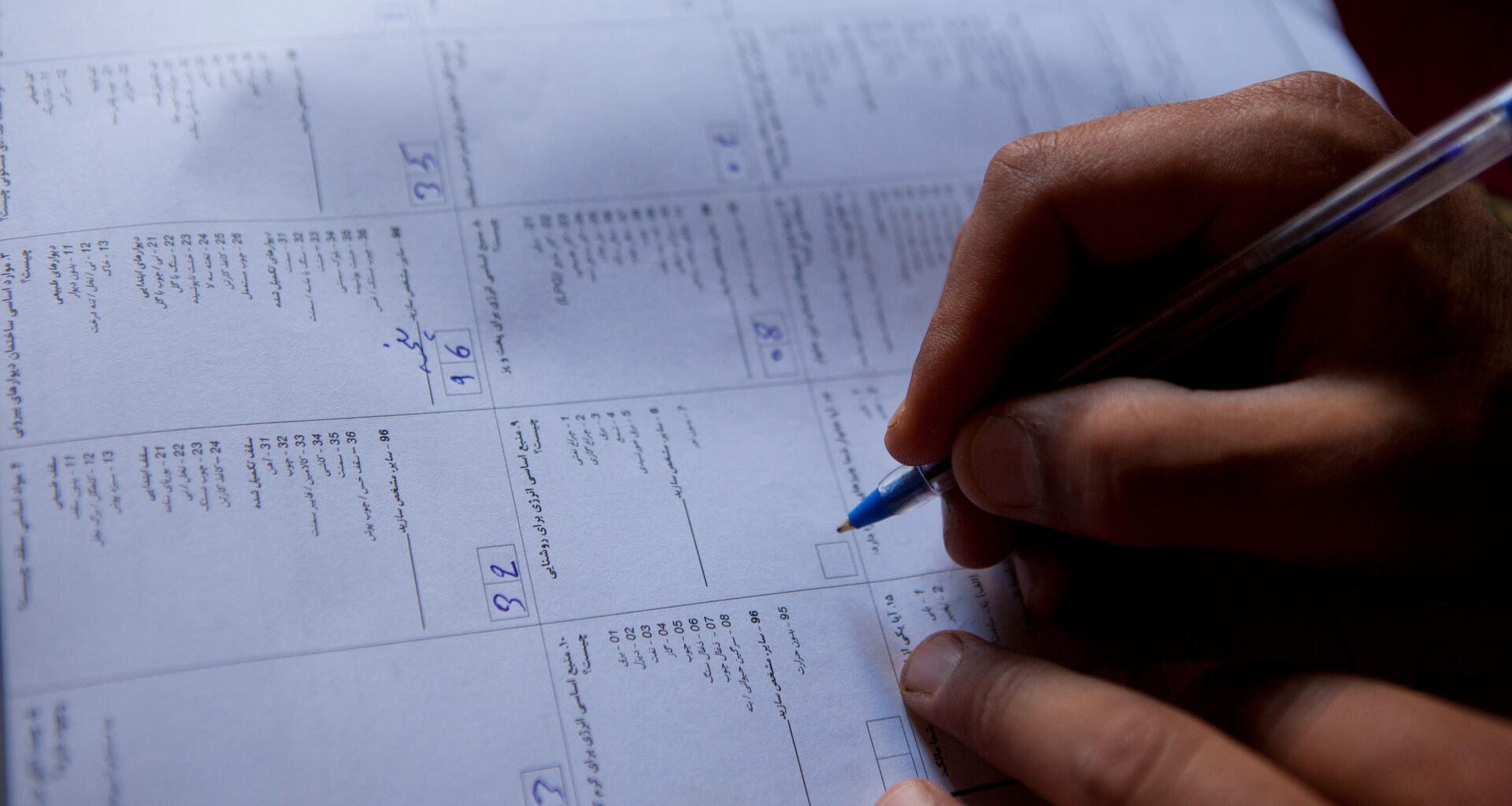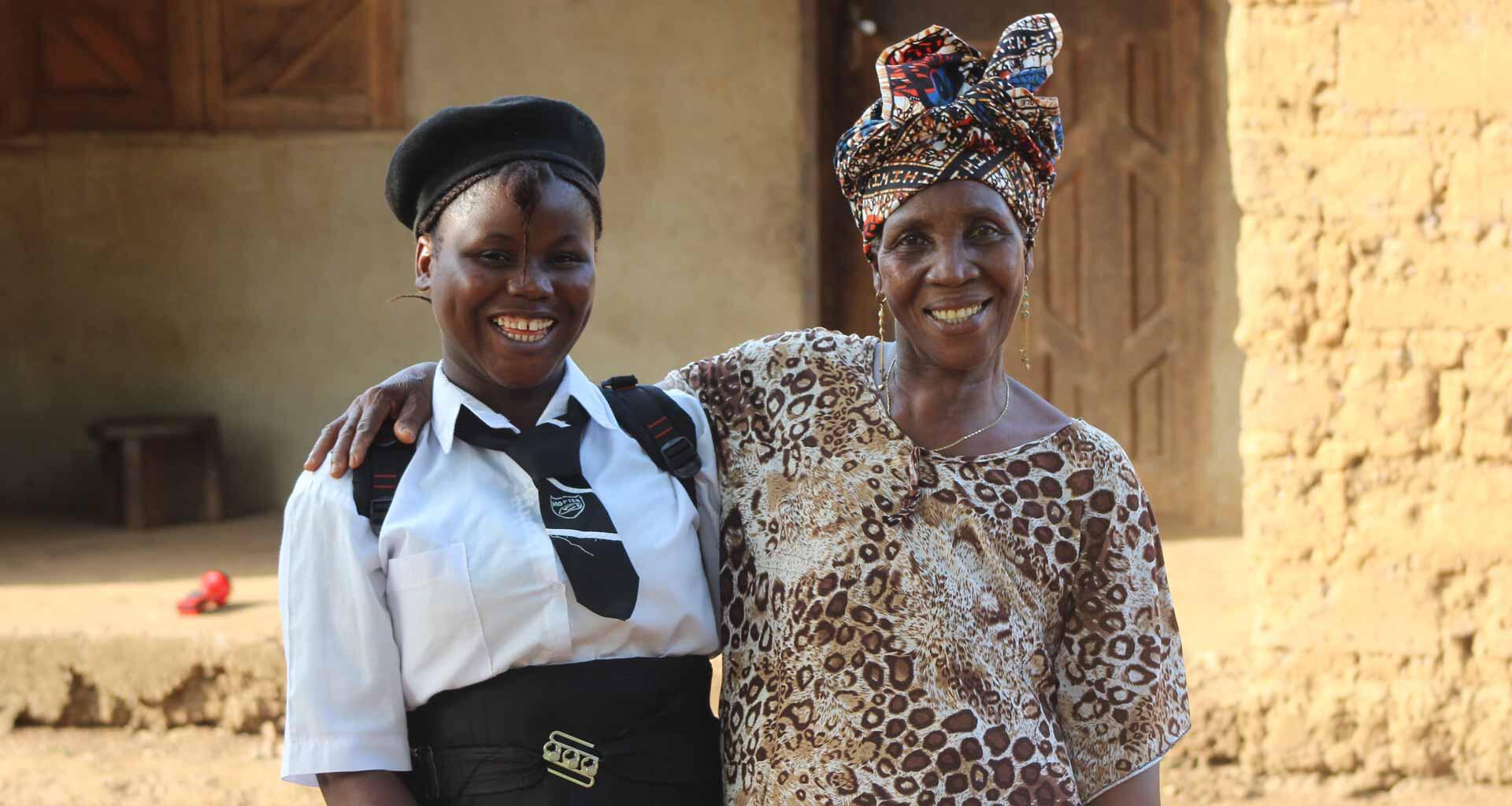Climate change will have a serious impact on sexual and reproductive health and rights. Heat worsens maternal and neonatal health outcomes, with research suggesting that an increase of one degree Celsius in the week before delivery corresponds with a six per cent greater likelihood of stillbirth.
The impact of climate change is expected to double humanitarian response needs by 2030. With more widespread displacements anticipated, the demands on the humanitarian response system to address the needs of those affected, especially those relating to their sexual and reproductive health and gender-based violence, will grow substantially.
With increasing drought, women and girls are expected to travel longer distances to collect water and firewood, exposing them to sexual and gender-based violence. The destruction of households and livelihoods, and the loss of livestock and crops due to severe drought, have become a reality for communities hard hit by climate change. In some cases, this loss of livelihood leads to increases in transactional sex and the risk of teenage preganancies.
During disasters, health services – including sexual and reproductive health services – are often limited and at times not available, which means that more women give birth without much-needed medical support. In addition, women’s and girl's ability to manage their menstruation with dignity is impaired when there is a lack of clean water and menstrual products.
When a climate-related disaster strikes, women and girls are at greater risk of gender-based violence. Girls who are unable to attend school if they are displaced, for instance, risk being married off early by parents who can no longer afford to look after them if they have lost their livelihoods. A girl married off to a much older man is at greater risk of intimate partner violence due to the power imbalance in the relationship.
For many women and girls, and other marginalized and vulnerable groups of people, as well as those with disabilities, the impact of climate change worsens their already existing challenges and vulnerabilities. Current efforts to adapt to climate change are simply not sufficient, nor are they designed to prevent the disproportionate impact on these groups of people.












